- Learning time
- 5 minutes
- First play time
- 20 minutes
Twenty-One
Designed by: Reinhard Staupe,Steffen Benndorf
Twenty-One is a very simple roll-and-write game (-dice are rolled, all players share the results) where players score points (or fail to score points!) on everybody’s turn.
Each player begins with a sheet of paper showing five rows of numbered dice on them. The game also comes with five coloured dice – on your turn, these are rolled and may be rerolled just once, with the caveat that you must re-roll all dice except for any ‘1’s. Then you may score as many dice as you are able to on your current row, by filling in numbers on the matching colours on your sheet. If the die number matches the number on your sheet exactly, you will score bonus points for it. If the number is lower, you won’t. If the numbers on the dice are higher, you cannot use them at all! And everybody gets to fill in numbers on everybody’s turn, so there is no waiting and watching here. If you can’t take any dice at all, then you must cross off a number on the current row – and you cannot start a new row until the current one is finished. When any player completes the final, bottom row, the game will end.
What emerges from a very simple luck-pushing game is a bit of brinkmanship – race on ahead to finish the game before others can maximise their score, or hang back and try and hit the bonuses for matching numbers?
Joe says
A great little roll & write game for two or three. A single, central strategic choice - rush to the finish or hang around and hope to accrue points.
The guru's verdict
-
Take That!
Take That!
A little, yes, as players can check what opponents are after and choose to re-roll purely to play a spoiling tactic.
-
Fidget Factor!
Fidget Factor!
Low - everyone is involved on every turn.
-
Brain Burn!
Brain Burn!
Minimal on the rules. The crunch here is partly what-you'll-get versus what-they'll-get, and how lucky you feel about influencing that outcome.
-
Again Again!
Again Again!
The dice ensure a good degree of randomness, but the game plays out pretty much the same kind of experience. But it's light and fun and very portable.

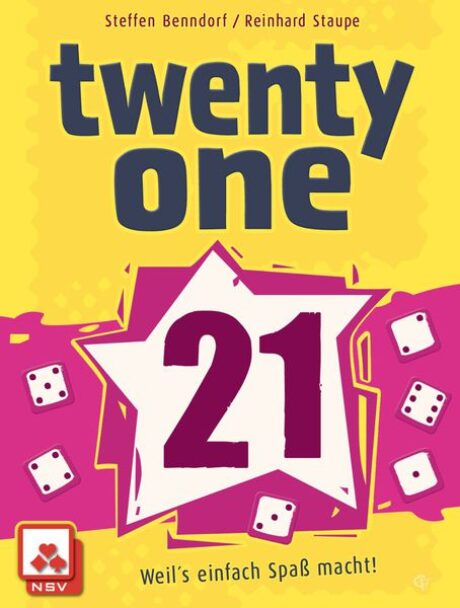
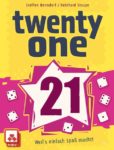

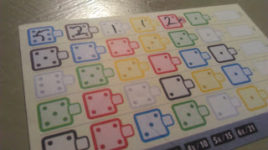
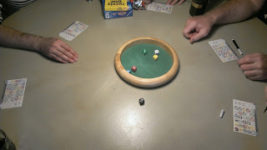


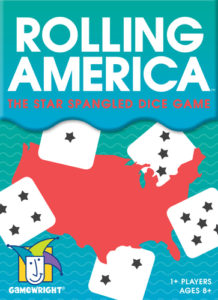
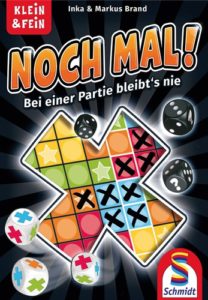
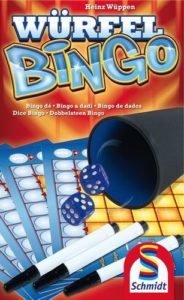

Sam says
Twenty One probably plays better with fewer players, seeing as your decisions are based not just on what you need yourself, but your opponents too (and the opportunity to deprive them): with 4 or more players it starts to feel like too much time is spent looking around the table, but with 2 or 3 it's a sweet little game.